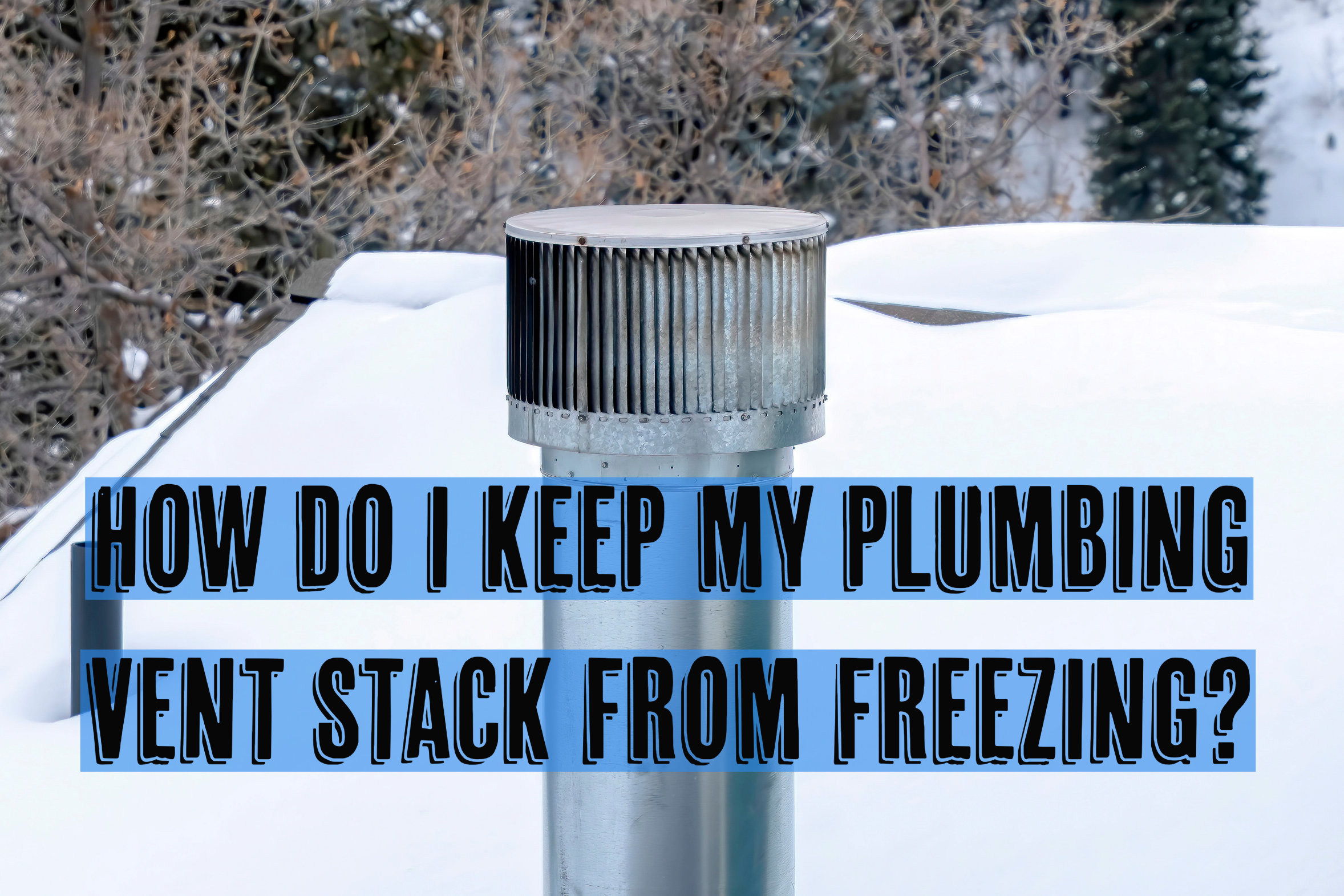During the winter season, it is crucial to be aware of the potential risks that low temperatures can pose to your plumbing system, especially here in Ohio. Did you know that in extremely cold weather, your plumbing vent stack can freeze, leading to the accumulation of harmful sewer gases inside your home? Understanding the function of a plumbing vent stack may not be common knowledge, but it is essential to give these components the attention they deserve. Taking proper care of your plumbing vent stacks can prevent any issues that may arise.
There are numerous essential components that comprise your plumbing system, making it challenging for non-professionals to keep track of. However, this is where your esteemed team of experts at Lebanon Plumbing & Drain can assist you! Together, let us delve into some vital techniques to safeguard your plumbing vents and vent stack, ensuring a comfortable winter season for you and your family this winter.
How Do Plumbing Vents and the Vent Stack Work?
Most residential properties typically feature a solitary vent stack positioned on the roof. These vent stacks serve as the final component of the plumbing vent system, connecting all the drain lines in the house, including sinks, toilets, tubs, and more. Certain houses may even possess multiple vent stacks on their roofs. Moreover, vent stacks are commonly constructed using materials such as cast iron, steel, galvanized steel, PVC, or CPVC.
Plumbing vents and the vent stack play a crucial role in eliminating unpleasant sewer gases from the plumbing system. They exit the premises through the plumbing vents to the vent stack on the roof. Despite operating behind the scenes, vent stacks serve as the unsung heroes of the plumbing system. These components not only regulate plumbing odor and prevent gas buildup in your home but also maintain air pressure balance, prevent backflow and siphoning, and ensure smooth operation of the entire system. However, what happens to the vent stack in cold regions with heavy snowfall? When the vent stack becomes frozen and obstructed, the plumbing vent system fails to function properly, resulting in various plumbing issues. To prevent this plumbing catastrophe, we offer valuable tips to safeguard your system.
How to Identify a Frozen Vent Stack:
A visual inspection of a vent stack can be conducted from the ground level outside, looking upwards. The objective is to identify any ice buildup on the top of the vent stack, as this could potentially indicate a frozen stack. Additionally, slow flushing toilets or gurgling sounds emanating from the toilet can serve as indicators of a frozen vent stack.
How to Prevent a Vent Stack from Freezing:
- Pipe insulation is a straightforward yet highly efficient tool. If you have access to a section of the vent stack in your attic, applying pipe insulation to this area can help prevent the formation of ice on the exterior piece of the vent stack.
- If you have encountered this issue multiple times, consider using heat tape as an effective solution. Apply heat tape to the accessible portion of the vent stack in the attic, but make sure to follow the manufacturer’s safety instructions.
- You can install an insulated cap on your vent stack to enhance thermal efficiency.
- Warm water can be periodically poured down drains that are not frequently used, particularly floor drains. You can also let hot water run out of your faucets. This practice ensures that the traps maintain their fullness and aids in the prevention of freezing.
- If your vent stack is already frozen, open the attic door to facilitate the entry of warm air from the lower level of your house. This will aid in the faster thawing of your frozen vent stack. However, please be mindful that this might result in a temporary increase in heating expenses.
- Outdoor debris, such as leaves and twigs, should never be allowed to accumulate on or around the vent stack. When combined with winter weather, loose debris can result in a larger and more persistent ice blockage. However, safety should always be prioritized. Unless you possess professional expertise, it is advisable to avoid climbing onto your roof.
If you are experiencing any issues with plumbing vent stacks or have other plumbing concerns, please do not hesitate to reach out to Lebanon Plumbing & Drain. We are here to provide you with assistance and support. Call us today at (513) 427- 2443, or schedule an appointment online now by clicking here! We wish you a safe and trouble-free winter!




